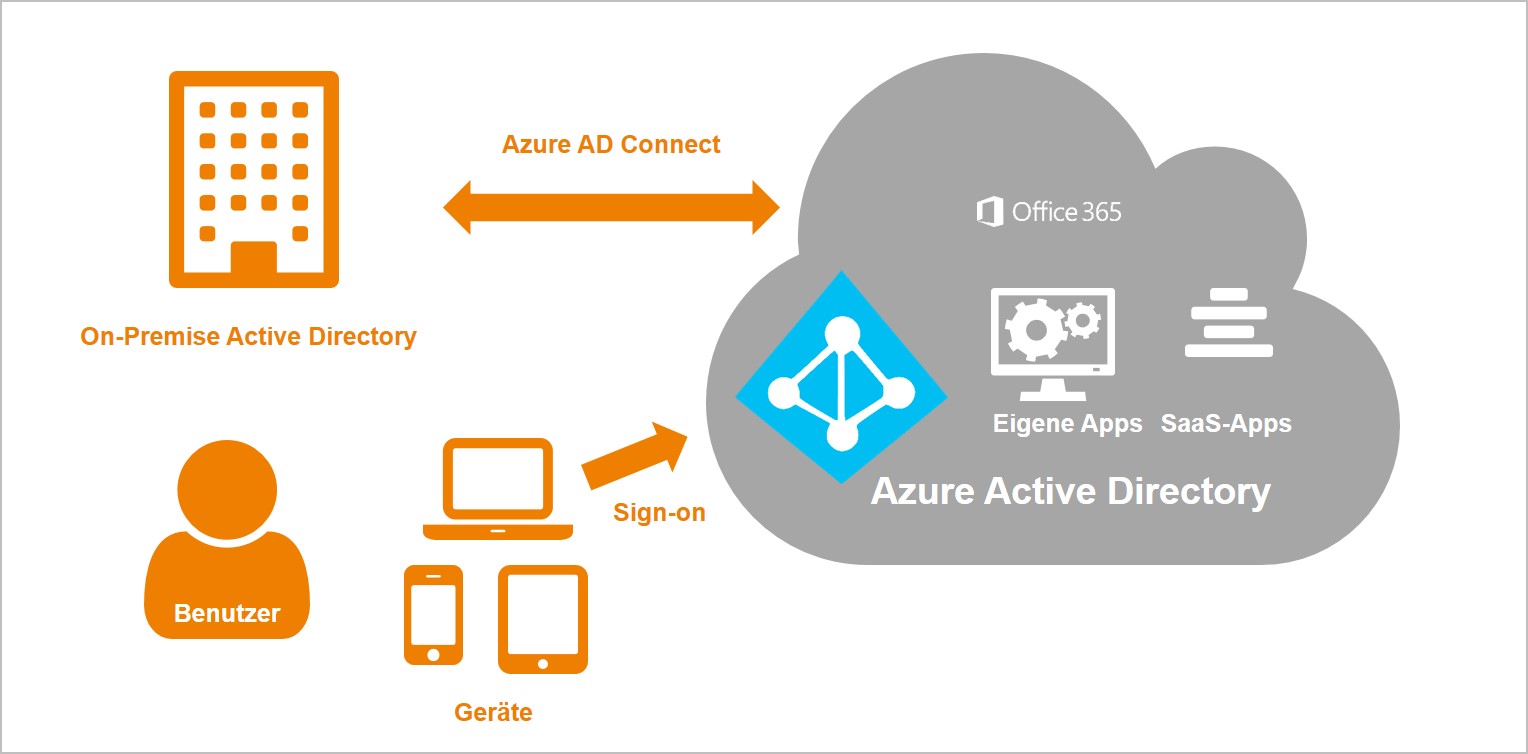

- AZURE AD SECURITY DEFAULTS INSTALL
- AZURE AD SECURITY DEFAULTS CODE
- AZURE AD SECURITY DEFAULTS FREE
In order to configure Azure AD Conditional Access policies, Security Defaults must be disabled first. Hopefully this helps shed some light on when to use Security Defaults or Azure AD Conditional Access. For example, you may want to block access to the HR application from an untrusted network and a non-compliant device.
You have more complex security requirements than offered by Security Defaults. If a user is on a trusted device plugged into the trusted corporate network, you can bypass MFA for less prompts and a better end-user experience. You want to bypass MFA for users logging in from trusted locations. This requires Azure AD Conditional Access. You also might have a requirement for third-party MFA providers such as DUO. AZURE AD SECURITY DEFAULTS CODE
You want more options for MFA authentication methods than only the Microsoft Authenticator app, such as SMS text code or a voice call to a mobile phone.You wish to bypass MFA for a subset of users who are working on a factory floor and where they can’t have mobile devices.You have Azure AD Premium licensing as part of a subscription such as Microsoft 365 Business Premium.This doesn’t include baseline policies which have been disabled and are being phased out. You are already using custom Conditional Access policies.MFA is required no matter the user’s sign-in location. You understand you can’t define trusted locations where MFA is not required.
AZURE AD SECURITY DEFAULTS INSTALL
Users would have to have a mobile device to install and configure the Microsoft Authenticator app to use this method. You understand MFA authentication is limited to the Microsoft Authenticator mobile app.

You want MFA enabled for all users and don’t have any special use cases such as a factory floor where users aren’t allowed to have mobile devices.For example, Office 365 Enterprise, Microsoft 365 Basic and Microsoft 365 Standard or stand-alone subscriptions.
AZURE AD SECURITY DEFAULTS FREE
You have the free tier Azure AD licensing which comes with your Office 365 or Microsoft 365 subscription. It’s literally a single on/off switch in the Azure portal. You want an easy one-click method to implement the most common and recommended security settings in Office 365 or Microsoft 365. Let’s review when to use Security Defaults and Azure AD Conditional Access to help you understand the differences. This is step in the right direction to help deter bad actors from stealing credentials, extracting data or even worse, stealing your money! But what if you have other conditional access requirements? What if you want to require compliant devices when accessing a specific application? What if you want to bypass MFA prompts when users are on a trusted network? Security Defaults enable the most common and recommended security settings such as requiring multi-factor authentication (MFA) for all users including users with administrative roles, disabling legacy authentication protocols such as POP, IMAP and older ActiveSync clients and requiring MFA when accessing the Azure portal. Microsoft introduced Security Defaults in new Office 365 and Microsoft 365 tenants starting on October 22, 2019. Security is at the top of Microsoft’s radar as they continue improve the security posture of Office 365 and Microsoft 365 tenants.






 0 kommentar(er)
0 kommentar(er)
